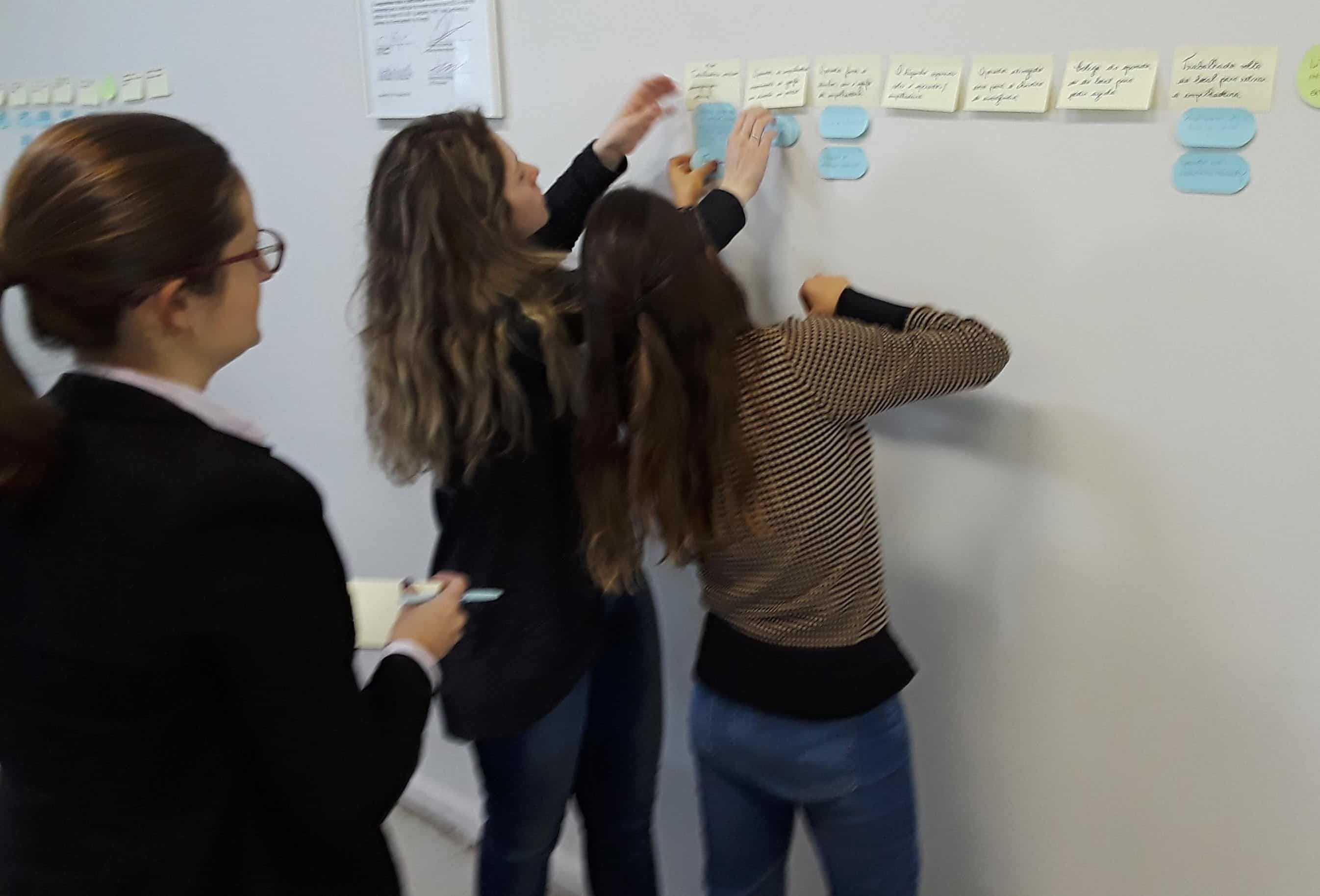STOP Pushing Workers to Comply; START Inspiring Them to Care.

One of the most common concerns I hear from safety professionals is this: How do I get workers to prioritize safety consistently? Many feel stuck in a cycle of trying to motivate workers to comply with safety procedures but find the results fleeting. Workers might follow the rules while someone is watching, but as soon as the pressure is off, old habits return. Safety culture is revealed in what workers do when nobody is watching. So how do we gain compliance?
The issue lies in the approach. There’s a crucial distinction between motivating workers to comply and behave safely and inspiring them to value safety as an intrinsic part of their work ethic. While motivation relies on external drivers like rewards or penalties, inspiration creates a deeper, more sustainable commitment when workers make safety a core value. Let’s explore why this difference matters and how leaders can make the shift from motivation to inspiration.
Motivating Safe Behavior: A Push for Compliance
Motivation often revolves around external rewards or consequences. For example:
- Transactional approaches like bonuses for safety performance or penalties for unsafe behavior push workers to comply with safety norms.
- Safety slogans or campaigns may create a momentary sense of urgency but often fail to sustain behavioral change.
- Disciplinary measures ensure rules are followed but can breed resentment if not applied fairly or consistently.
While these methods may achieve compliance, they often focus on short-term goals and external incentives. The worker’s underlying belief system and personal investment in safety might remain unchanged.

Inspiring Safe Behavior: A Path to Safety as a Value
Inspiration, on the other hand, nurtures an internal drive that aligns workers’ values with the organization’s safety culture. Following are five ideas to inspire workers to prioritize safety.
1. Lead by Example
Leaders play a pivotal role in shaping workplace safety by embodying the behaviors they want their teams to follow. Through consistent actions and quick responses to risks, they set a clear standard that prioritizes safety over convenience or complacency.
- Consistently demonstrate safe practices. Workers emulate behavior modeled by their leaders. When we deviate or allow deviation “just this once” and workers see it, they won’t take our words seriously. People believe what we do more than the words we say.
- Address unsafe conditions immediately. As mentioned above, action speaks louder than words. Reinforce the importance of safety and don’t turn away from unsafe conditions.
2. Communicate a Shared Vision
Communicating a shared vision for safety culture starts with ensuring workers understand that safety is more than a set of rules; it’s a collective commitment to protecting one another. A strong, shared vision fosters unity and empowers workers to take ownership of safety as part of their daily routine.
- Frame safety as a core value rather than a priority. Unlike priorities that shift, values are enduring.
- Use stories and real-life examples to personalize safety, emphasizing its impact on workers’ families and communities.
3. Foster Ownership
Providing workers with the knowledge, resources, and skills to handle safety challenges empowers them to take proactive steps in maintaining a secure environment. By integrating workers into the fabric of safety initiatives, professionals help create a culture where safety becomes a collective effort embraced by all.
- Involve workers in safety planning and decision-making. When employees feel ownership, they’re more likely to embrace safe practices.
- Encourage workers to take responsibility for not just their own safety but also that of their peers.
4. Build Trust and Relationships
Being visible and approachable, whether through site visits or daily interactions, helps break down barriers and builds personal connections. When safety professionals prioritize transparency, fairness, and empathy, they create a foundation of trust that encourages workers to engage openly and confidently in safety initiatives.
- Show genuine care for workers as individuals, not just as contributors to productivity. Take some time to build rapport with the workers.
- Establish credibility by following through on commitments and being transparent about challenges and solutions. You’ll make mistakes. Own them!
5. Use Positive Reinforcement
Positive reinforcement is a powerful tool safety professionals can use to promote and sustain safe behaviors in the workplace. This approach not only encourages continued compliance but also motivates others to adopt similar behaviors.
- Recognize and celebrate safe behaviors publicly to reinforce the desired culture.
- Avoid only pointing out risks and failures; instead, highlight what workers are doing well.

Examples of Inspiring Leadership in Safety
Building a strong safety culture requires more than policies and procedures; it thrives on everyday actions demonstrating the organization’s commitment to safety. Leaders play a critical role in shaping this environment by setting the tone through their behavior and encouraging active participation. When supervisors and safety professionals integrate safety into regular interactions and empower workers to take ownership, they foster a deeper, more meaningful connection to safety. The following examples highlight simple yet effective ways to cultivate a workplace where safety is not just practiced but embraced.
In the Field: A supervisor who starts every meeting with a “safety moment,” where workers share stories or lessons learned, cultivates an environment where safety is deeply valued.
Recognition: Highlighting a worker’s innovative idea for hazard reduction in front of peers fosters a sense of contribution and community.
Empowerment: Inviting workers to lead safety audits or training sessions creates champions of safe behavior and builds a sense of pride.
The Lasting Impact of Inspiration
While motivation can achieve compliance, inspiration transforms the workplace culture. Inspired workers naturally act safely; not because they’re being watched, but because they genuinely value safety. Leaders who focus on inspiration build a resilient safety culture that thrives even under challenging conditions.
What strategies have you seen that inspire safe behavior in your workplace? Share your insights in the comments below!
Want to learn more about making improvements happen?

The Global TapRooT® Summit is packed with innovative ideas to improve performance, but turning those ideas into actionable change back at work can be a challenge. I will be sharing practical strategies like these for creating impactful and sustainable solutions during my keynote session, “Making Improvement Happen!” Save the date, and plan to join us. Learn more about the 2025 Global TapRooT® Summit.



